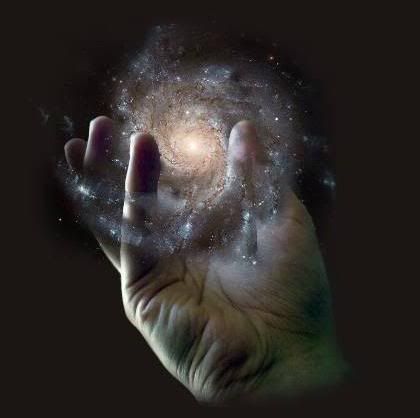UHRIG'S CAVE HISTORY
Dr. William Beaumont owned a twenty-five acre tract of wooded land bounded to the south by
Around the same time, two German brothers, the Uhrigs, were running a brewery on
For generations, the Uhrigs were river men in
The cave was integral to the success of the Uhrig Brewery. The brothers expanded the existing cave’s length to 170 feet and constructed brick walls and arched ceilings to prevent water seepage. At a reported cost of $100,000, the brothers connected their cave with a series of smaller caverns leading up to the brewery. They also installed a narrow-gauge railroad to transport beer from the brewery to the cave where the product was aged and stored.
In those days, Uhrig’s was the site of a handsome grove and was only a short buggy ride from the center of the town. Uhrig’s became a popular spot and the success of the business gave rise to the use of the caves for entertaining in one of the larger rooms of the caverns.
By 1852, Uhrig’s held band concerts and picnics and conducted tours through the cave. During the Civil War, such entertaining was put on hold, and the cave became a favorite rendezvous for the militia and the Home Guards. By 1879, the cave once again regained its antebellum popularity and the little beer garden had become a true opera theatre.
In 1884, the Uhrig brothers sold their site to Thomas McNeary, a saloonkeeper. He and his brother became impresarios as well, and ushered in the period of Uhrig’s Cave’s greatest glory. Uhrig’s was the first entertainment spot in
But this period of glory was short-lived. In 1888, the McNearys lost their liquor license and the cave was abandoned for a time. From 1900 to 1908, the cave was the site of an enclosed theatre, a roller-skating rink, a bowling alley, and a mushroom farm. Eventually, the McNearys abandoned all attempts to keep Uhrig’s Cave open.
In 1908, the McNearys leased the property to a syndicate of businessmen who erected a mammoth auditorium on the site, which not only covered the cave, but the beer garden, the theatre, and a great deal of the surrounding area. The building, which began construction on August 22, 1908, was called the “Coliseum”. It was intended to be a multipurpose facility to host sporting events, theatrical performances, and various exhibitions.
Enrico Caruso sang, Bill Tilden played tennis, Billy Sunday preached, Johnny Weismueller swam, and Strangler Lewison won a championship wrestling match at the Coliseum. In 1916, the Democratic National Convention was held there, and Woodrow Wilson won the presidential nomination. In 1928, Herbert Hoover delivered the keynote speech on the Republican Convention in the Coliseum’s giant hall.
After a time, despite all attempts to vary the use of the building, the Coliseum’s popularity declined, and the construction of the Kiel Auditorium brought about its closure. By 1939, the Coliseum was used only for wrestling matches. During World War II, the giant structure became a storage place for $250,000 worth of new automobiles “frozen” by government regulation at the outbreak of the war. From 1950 on, the Coliseum remained empty. The neglected building was condemned as a fire hazard and unsafe by the city on June 30, 1953. Demolition began in July.
During 1954, when the Jefferson Bank and Trust Company building was being constructed on the site, it was discovered that some of the smaller passageways of the caves had been sealed off during the Prohibition when a still was discovered in an adjacent cavern at Jefferson and Delmar. A connecting tunnel had once served as a secret entrance for bootleggers and one of the rooms beneath
The preceding is an excerpt from

